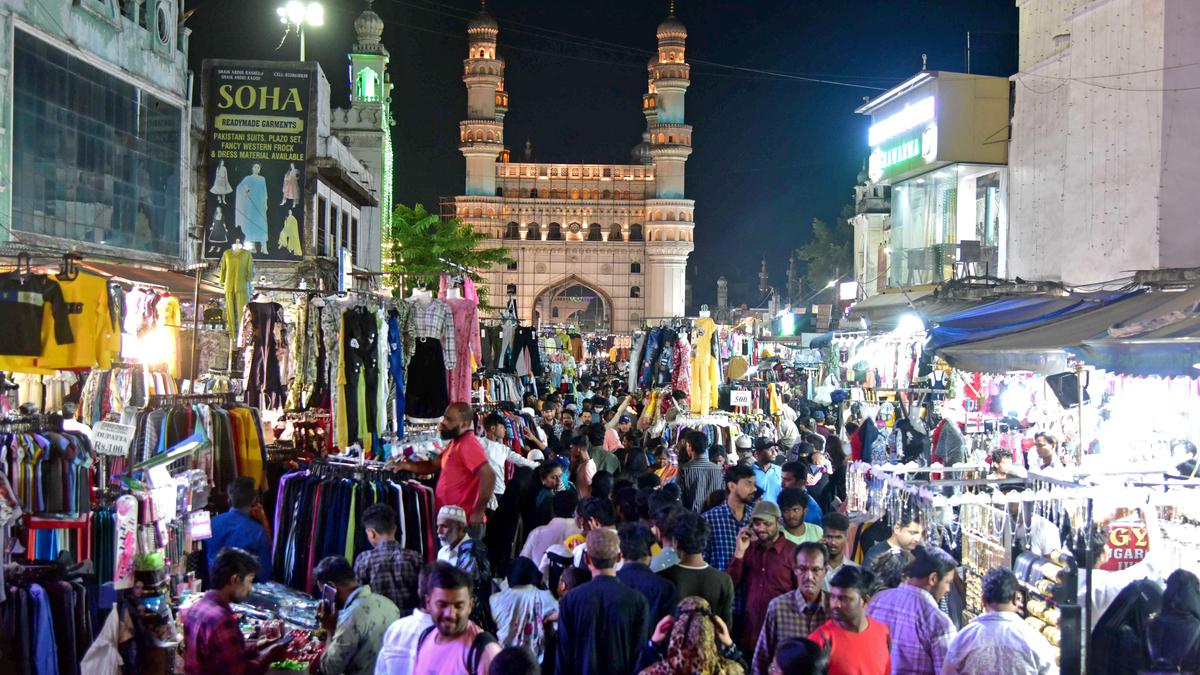The world is witnessing a remarkable story of progress woven into the realm of India's maternal health.
The country has made significant strides evident in the decline of the maternal mortality ratio (MMR) from 130 per 100,000 live births (2014-16) to 97 (2018-20) as per the Sample Registration System (SRS) report.
For comparison, India’s maternal mortality was over four times that is 398 per 100,000 in 1997-98, only 20 years back.
This puts India on track to achieve the Sustainable Development Goals (SDGs) target of 70 maternal deaths per 100,000 live births, well before 2030.
However, these advancements have not materialised in a vacuum.
A collaborative network of healthcare systems, impactful policies and programs such as Surakshit Matritva Aashwashan Yojana (SUMAN), Janani-Shishu Suraksha Karyakram (JSSK), and Pradhan Mantri Surakshit Matritva Abhiyan (PMSMA), as well as a dedicated team of healthcare providers are the backbone of this success story.
Revisiting the Cairo Conference in 2024
The global commitment to women's reproductive health crystallized as a key focus thirty years ago, at the International Conference on Population and Development (ICPD) Cairo, when 179 countries declared sexual and reproductive health and rights, gender equality, and women's empowerment foundational to population and development.
This transformative moment established comprehensive sexual and reproductive health goals that are now embedded into the SDGs (Sustainable Development Goals) .
The recent United Nations Population Fund State of the World Population Report (SWOP), highlights that the country’s global share of maternal deaths has fallen sharply from 26 percent in 1990 to 8 percent in 2020.
Despite this, challenges remain on the road to zero preventable maternal deaths.
Shortages of skilled personnel including specialists and nursing staff at the grassroots level with an increasing load of deliveries at higher level health care facilities, coupled with an over-reliance on medical interventions including rising C-sections during childbirth, require further attention.
Midwives: The Essential Pillar of Maternal Care
The landscape of midwifery care in India is evolving. Building on the cadre of Registered Nurse Registered Midwives (RNRM) in the public health system, the Government of India took a landmark step in 2018 by initiating the formation of ‘Nurse Practitioners in Midwifery’ (NPMs).
The rationale was to institutionalise a robust midwifery education system and a scalable model of midwifery-led care units.
Midwives, skilled in managing normal deliveries, alleviate the burden on doctors- allowing them to dedicate their expertise to high-risk cases.
They advocate for a balanced approach to childbirth that prioritises safety and a natural birthing experience, thereby reducing the frequency of unnecessary medical interventions during labour and delivery and fostering informed decision-making and maternal well-being.
The Lancet Series on Midwifery noted that midwifery, as defined by the Lancet Quality Maternal and Newborn Care framework, can potentially prevent more than 80 percent of maternal and neonatal deaths globally, including stillbirths.
Furthermore, the COVID-19 pandemic prompted governments to reassess essential reproductive health services and address the heightened risk of gender-based violence.
This focus on midwifery care is increasingly crucial given the potential disruptions from climate change-driven natural disasters, as midwives can provide up to 90 percent of essential services for sexual and reproductive health and bring their expertise to women wherever they are.
The New Approach: Empowering the 'Women in Pink'
To meet the rising demand for highly competent care providers specialised in evidence-based recommended practices the Government of India will establish 14 National Midwifery Training Institutes (NMTIs), where International Midwifery Educators (IMEs) will be engaged for 18 months to train National and State Midwifery Educators (NMEs & SMEs).
A pool of SMEs is being created to train NPMs in approximately 135 State Midwifery Training Institutes (SMTIs) in nursing colleges across the country.
However, with approximately 25 million pregnancies annually, the gap must be bridged further to unlock the potential of midwifery care:
Retaining Midwifery Talent
A well-defined career pathway and acceptance of midwives as skilled professionals by clients and existing healthcare providers through rigorous advocacy will attract and retain midwives, ensuring a sustainable and high-quality workforce for maternal and newborn care.
Revolutionising Maternal Healthcare through Frontier Tech Innovation
Building on the Government of India's priority of technological advancements in healthcare, UNFPA is enhancing the training of midwives through state-of-art virtual reality (VR) based simulations to develop the midwives’ cognitive, intellectual, and psychomotor skills for clinical practice.
Unlocking the full potential of this cadre will open doors to an India where giving birth is one of life’s greatest joys for all mothers.
(Andrea M. Wojnar, is the India Representative for UNFPA (The United Nations Population Fund), and is a part of Team UN in India delivering for the Sustainable Development Goals.)
(At The Quint, we are answerable only to our audience. Play an active role in shaping our journalism by becoming a member. Because the truth is worth it.)

 1 week ago
95
1 week ago
95



